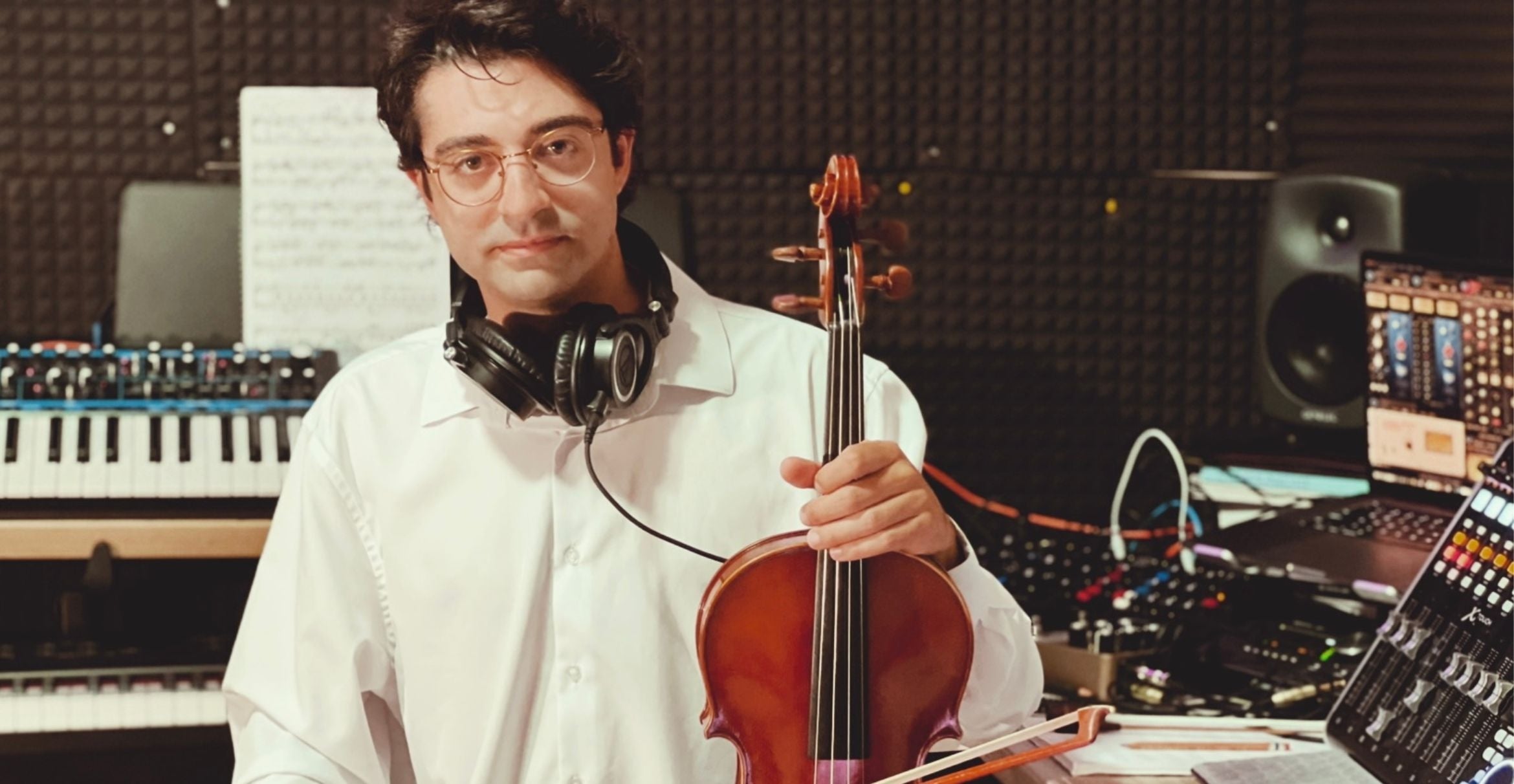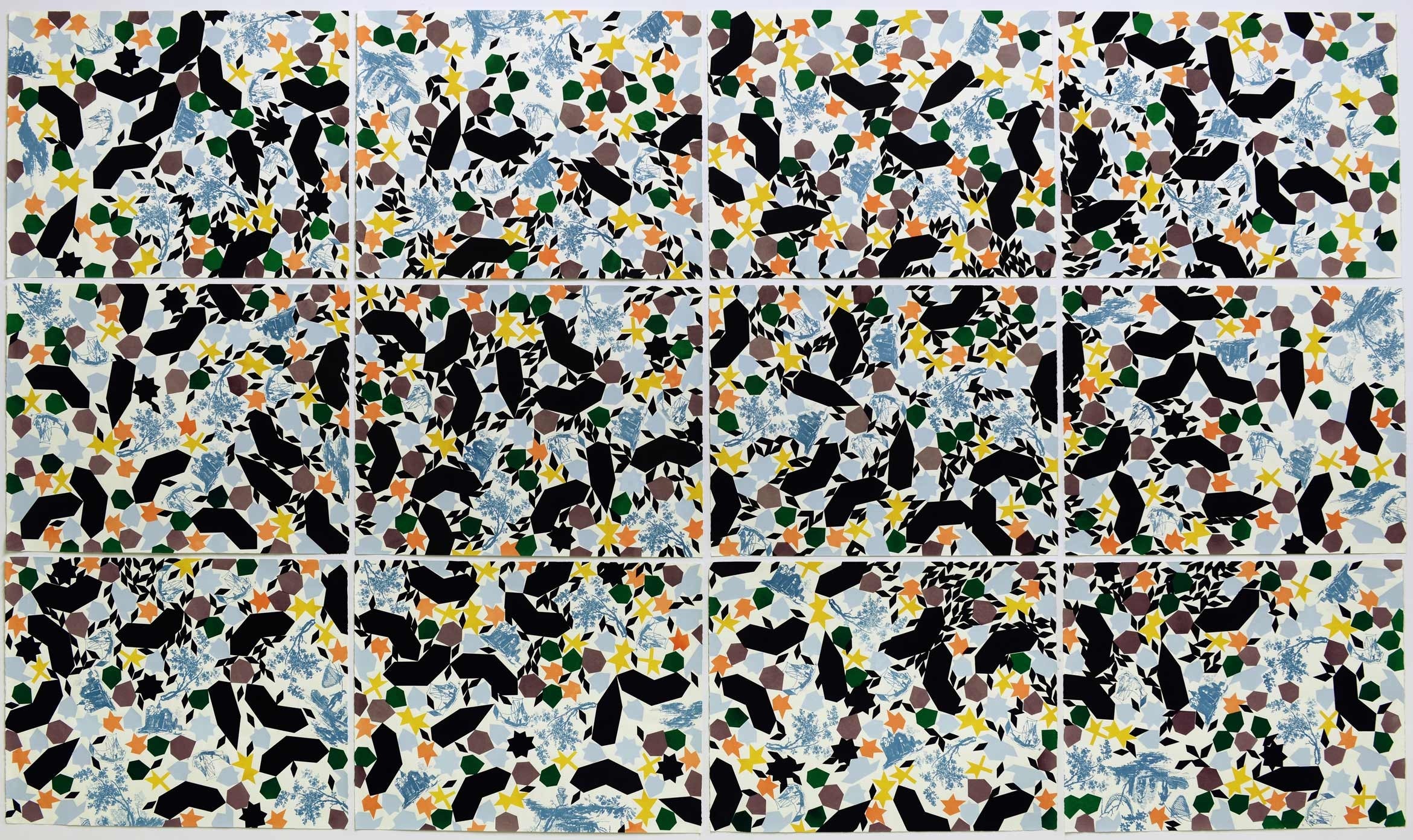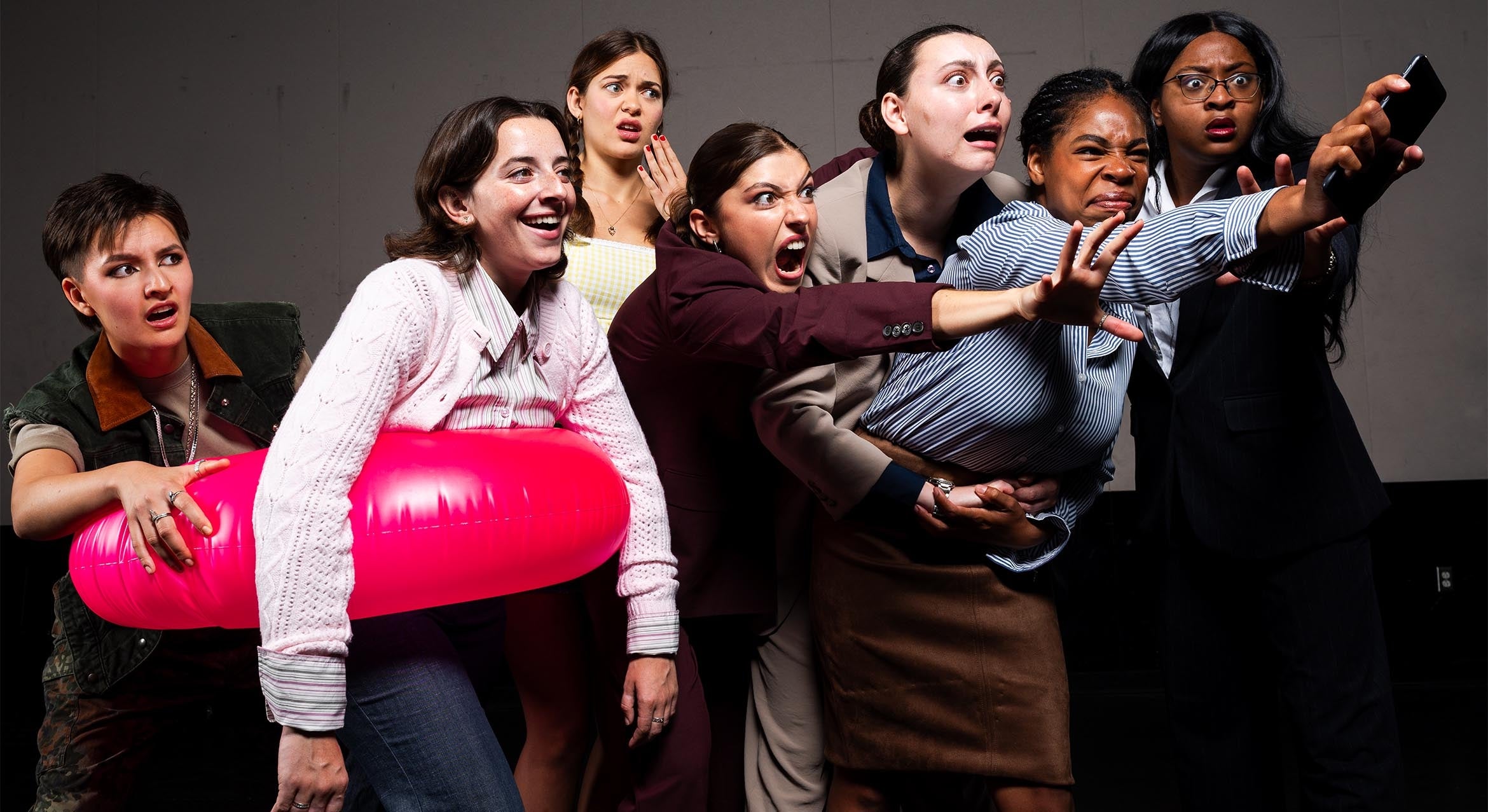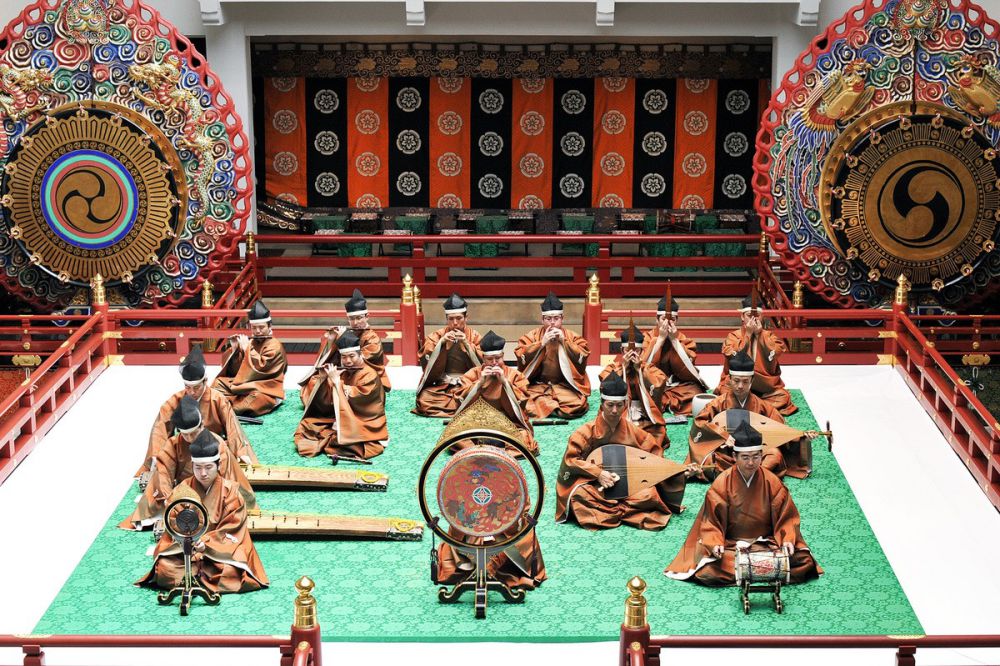
An Ancient Beauty
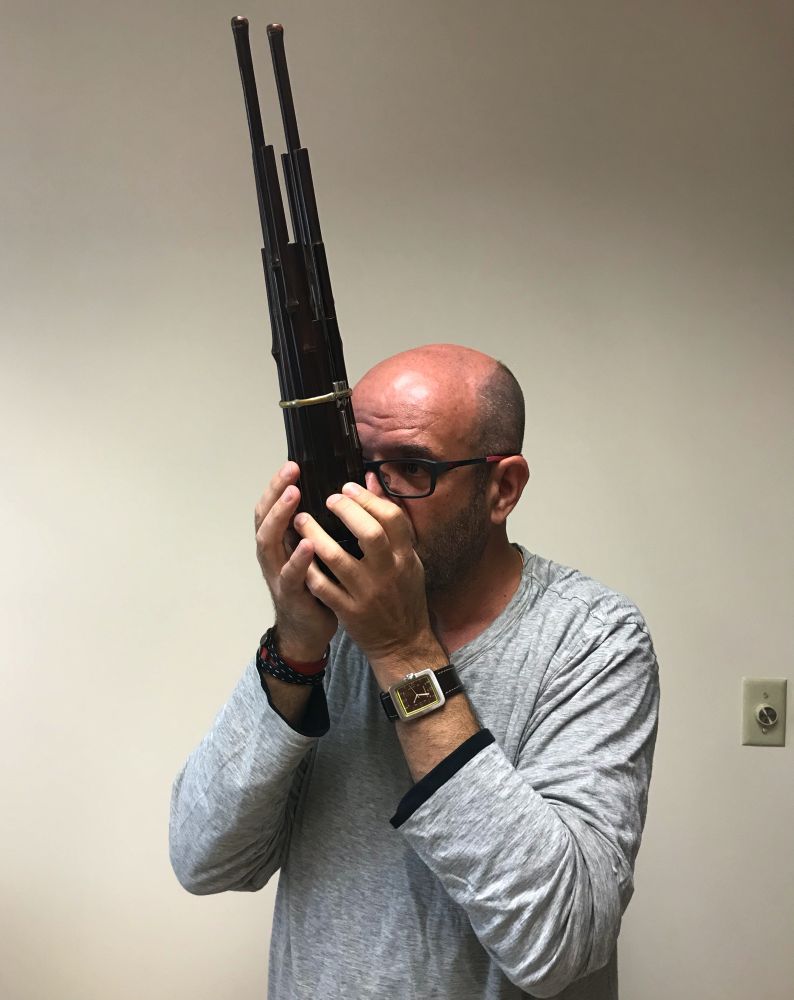
Fabio Rambelli holds an odd relic in his hands. It’s a sho, an ancient reed instrument played in Gagaku, the music of Japan’s Imperial Palace. It looks a bit like someone lashed a couple of pan pipes together, but it sounds like half a dozen oboes sounding off in unison.
The sho is just one of 14 Gagaku instruments that Rambelli, a professor of religious studies and of East Asian languages & cultural studies at UC Santa Barbara, has acquired on loan from UCLA. They represent what Rambelli hopes is a long association between UCSB and Japan’s ancient, classical music.
“In the Imperial Palace there are musicians who play these, and their families have been playing them for 1,000 years continuously,” said Rambelli, who holds the International Shinto Foundation Chair in Shinto Studies and is chair of the Department of Religious Studies. “There were families specializing in each instrument, and the descendants are still there.”
Gagaku might seem like an odd fit at UCSB, but the campus has a rich history of embracing music from around the world, including the renowned Middle East and gamelan ensembles and the Eichheim Collection of musical instruments from Asia. For Rambelli, bringing Gagaku to the university would allow students, faculty and staff to immerse themselves in one of Japan’s oldest traditions — one that has many roots.
“This is fascinating, and it covers so many aspects of Japanese culture and beyond,” he said. “Because this is music that originally comes from all over Asia — the Middle East, Southeast Asia, China, India, Korea ... and parts of the ancient repertoire are still in place.”
Indeed, all of the instruments — winds, strings, percussion — initially developed outside Japan. The sho, for example, is based on China’s sheng, which dates back more than 2,500 years. Tradition holds that the sho imitates the sound of the phoenix, and its 17 thin bamboo pipes are said to resemble the mythical bird’s wings folded up.
Gagaku Masters at UCSB
For fans and those unfamiliar with the music, Rambelli has organized a series of workshops featuring 17 Gagaku masters Thursday, March 5, and Friday, March 6, in three venues on campus. The workshops and lectures begin each day at 1 p.m. and continue through 5 p.m.
The workshops will cover Gagaku music and dance and are free and open to the public, although three events in the campus’s Art, Design & Architecture Museum (AD&AM) — the Gagaku history lecture March 5 from 1 to 2:30 p.m., the kimono display and workshop March 6 from 1 to 3 p.m., and the sho workshop March 6 from 2 to 3:30 p.m. — require reservations.
The workshops, Rambelli said, are “a big deal because four of the masters are former directors of the Gagaku orchestra of the Imperial Palace of Japan. So they played for the emperor and with the emperor. They’re retired now and they’ve been active teaching, composing, performing in Japan and abroad. And the other 13 are musicians from different parts of Japan. Many of them graduated from the Tokyo University of the Arts, which is the best university for music and arts in Japan.”
In addition, the Japanese masters will also give two concerts, with different programs, March 5 and 6 at 7 p.m., in the Dance Studio (Humanities and Social Sciences Building Room 1151). They offer a unique opportunity to experience the variety of repertoire (instrumental music, songs and dance pieces) of this ancient tradition.
The Learning Curve
Rambelli so far has four students learning to play Gagaku instruments, and would like to have a full orchestra. He hasn’t started recruiting players yet, but he hopes the workshops will spark interest in the music.
“For me the goal would be to make it a sustainable initiative,” he said. “And like I said, the music itself is great. I mean, it’s very interesting in many ways once you overcome the barrier. But it’s also a wonderful way to think about the role of music in ceremonies, for example, the relations between music and the sacred.”
Rambelli plays the sho — he started learning at a Shinto shrine during one of his many trips to Japan — and most students who learn to play the other instruments will initially rely on instruction via Skype, YouTube videos and other instructional materials. He also wants to bring in teachers from Japan and elsewhere to do intensive seminars. As students begin to master their instruments they’ll be able to teach others, he said.
The Art of Music
The instruments from UCLA were all hand-built in Japan and acquired in the late 1950s. Each is a functional piece of art that, no matter where it originated, embodies Japanese culture.
The music itself, Rambelli said, is both exotic and familiar. Gagaku uses a scale similar to the Western scale. It doesn’t sound like Mozart, of course, but the structure is consistent and Westerners can quickly learn to appreciate the genre.
“Music is important in itself,” Rambelli said, “but for me it’s kind of a gateway into something else, a different experience of Japanese culture that normally students cannot have by just learning from books or just by visiting Japan.”

